How to store radishes?
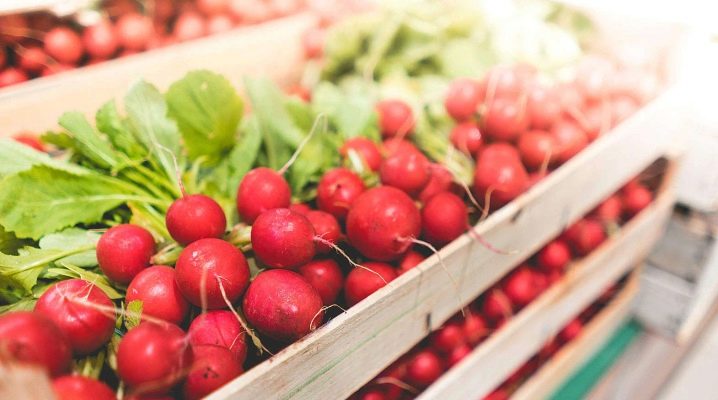
Radish belongs to the category of early ripening vegetables, so the first harvest can be obtained in late May or early June. It is most often eaten immediately. For storage, they use the second crop, which is obtained in July or August. In order for radishes to be well stored, it is important to observe certain conditions, as well as to choose varieties with appropriate qualities and characteristics for this.
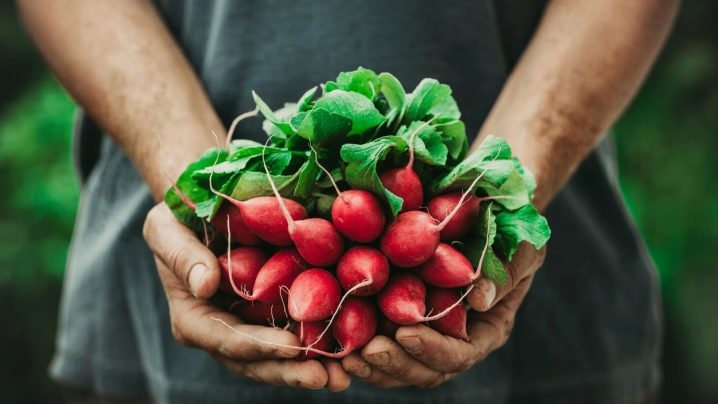
Preparation
For long-term storage of radishes with minimal loss of properties and nutrients, it is important to follow several rules. Preparatory activities are considered the most important.
First of all, you need to properly harvest. On the eve of harvesting a vegetable intended for storage, you should water the garden well. Better to do it in the evening. In the morning of the next day, you can start harvesting.
During this period, it is very important not to damage both the root crops themselves and the base of the tops. After collecting radishes from the garden, it needs to be processed.
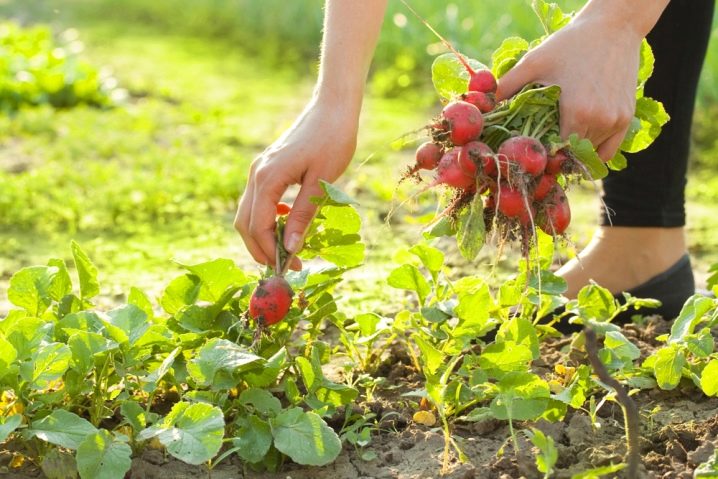
Let's consider the processing process step by step.
- Using scissors, cut the tops at a distance of about 2-3 cm from the root crop itself... The remaining greenery retains nutrients and moisture for some time, which feed the root crop, thereby extending the shelf life. The tails on the tip of the root crop should be left unharmed. Over time, they will dry out, but for now they perform a protective function.
- After trimming the tops, you need to thoroughly wash the root crops. in warm water (but not in hot water).
- Now that there is no soil on the vegetables, you can cull them. This preparatory stage is no less important than the previous ones, since here you need to remove rotten or pest-damaged roots.
- Pest-affected areas can be cut from culled vegetables and then eaten. It is safer to throw away rotten roots. Sending rotten or wormy radishes for storage is the biggest mistake. The fact is that such root vegetables will not lie for a long time, and even transfer rot or pests to initially healthy vegetables.
- After that, the vegetables must be thoroughly dried.
In this form, they can be sent for storage.

Suitable conditions
There are certain conditions that must be met so that the radish does not deteriorate ahead of time. First of all, you need to observe the temperature regime. The optimal temperature range for radish storage is from +2 to +4 degrees. The temperature must be strictly observed. In this case, the vegetable will be able to stay fresh for 10 to 14 days. If you want to keep vegetables for a longer time, then you need to think about freezing.
The storage place of root crops should not get moisture and direct sunlight.
Do not keep a container with vegetables near heating devices. All this has a detrimental effect on the preserved properties.
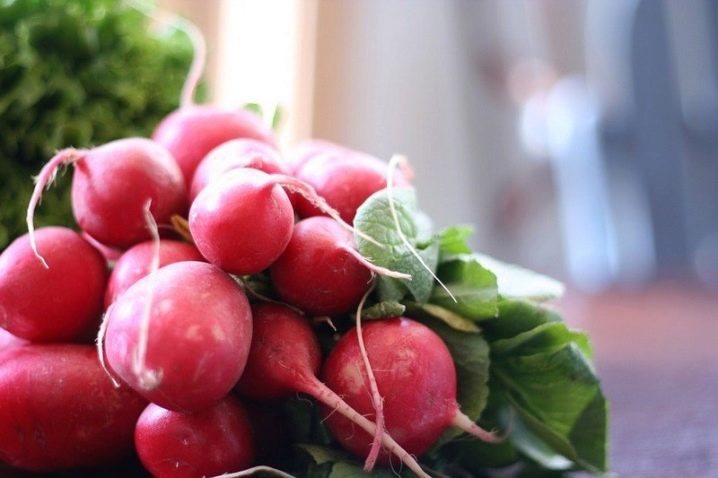
The ways
There are different ways to store radishes plucked from your garden. They are easy to use at home.
The first and most common storage method is in the refrigerator. There are 2 main methods: dry and wet. Each of them has its own advantages and disadvantages.
If a dry method of storing root crops is chosen, then it is not recommended to wash the radishes at the stage of preparation. It is enough just to dry it and clear it from the ground as much as possible, trying not to damage the skin of the root crops.
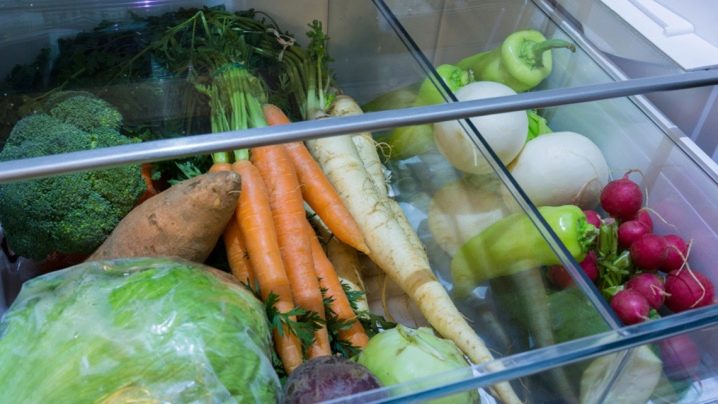
For the dry method, plastic bags are the most suitable containers. It is necessary to put the radishes in them, but the packages themselves should be left open. Condensation may form inside the bag with this storage method. To remove excess moisture, the radishes are shifted with paper napkins.
Wet storage involves transferring root crops to glass containers. In each of them, you need to add 2-3 tbsp. l. boiled water cooled to 20 degrees.
Not all varieties are suitable for storage for the winter. If a radish intended for just such a purpose was originally planted, then it must be removed from the garden, observing all the points of the preparatory measures, and moved to the cellar.
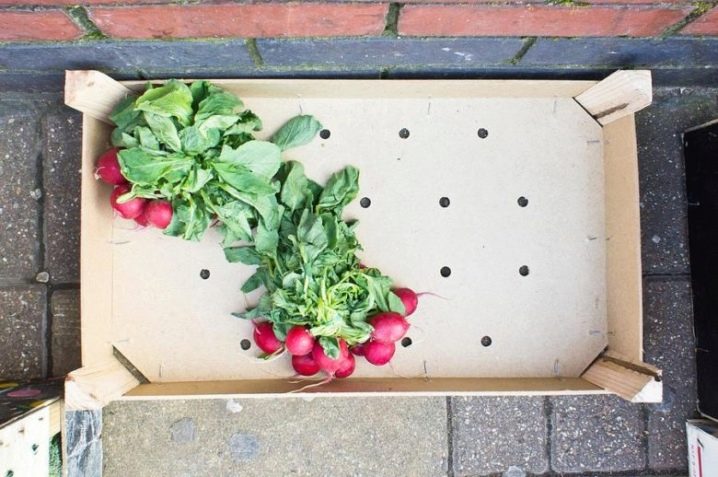
Freezing is considered to be the most optimal way of long-term storage. To preserve the freshness of root crops for a long time, in this case, you must do the following:
- wash the radish thoroughly, let it dry, and then cut into halves or quarters (you can use circles, cubes - it all depends on individual preferences);
- decompose vegetables in this state in clean plastic bags;
- put away into the freezer.
At home, root vegetables can be stored in the freezer for 2 to 3 months. However, the flavor of the radish can change over time. So, even sweet varieties begin to taste bitter after a long stay in sub-zero temperatures.

Long-term storage varieties
Late ripening varieties are most suitable for long-term storage. These varieties include:
- "Icicle";
- "Luck";
- "Volcano";
- "Red Giant";
- "Octave".
The roots of these radish varieties are large in size, and quite dense in consistency. These properties help keep the vegetable intact.
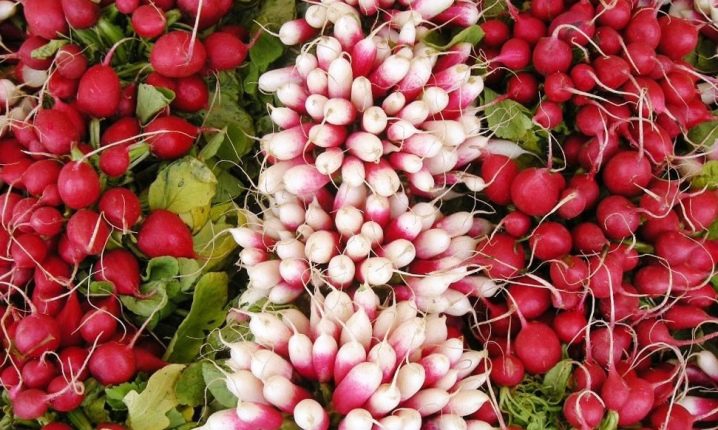
These varieties of radish can be grown both outdoors and in a greenhouse. After the first shoots appear, it is necessary to carefully monitor their growth. Since the future crop is intended directly for storage, it is important to ensure that it is not attacked by various pests (and he has plenty of them). If they appear, it is necessary to carry out the appropriate protective treatment in a timely manner.
In order not to store the radish too much time, it is important to grow and collect it on time. So, in many middle and southern regions of our country in September it can still be eaten fresh.
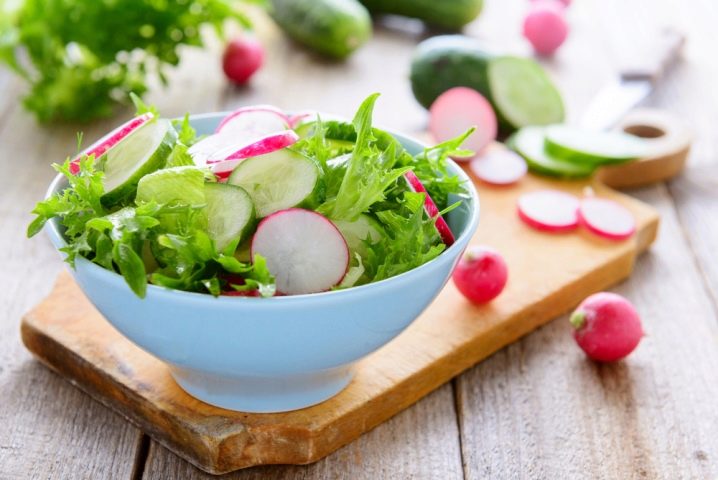
The crop that was planted for storage must be harvested at the time of ripening in early October and stored. If all conditions are taken into account, then until February or even before the beginning of spring, you can eat fresh radishes.
For best preservation, it is better to freeze radishes on the same shelf with other vegetables. It can be zucchini, carrots, beets. Boiled and frozen mushrooms will not be the worst neighbors in the freezer.
It is better not to store radishes with fish, meat, herbs nearby, as this can affect its original taste.
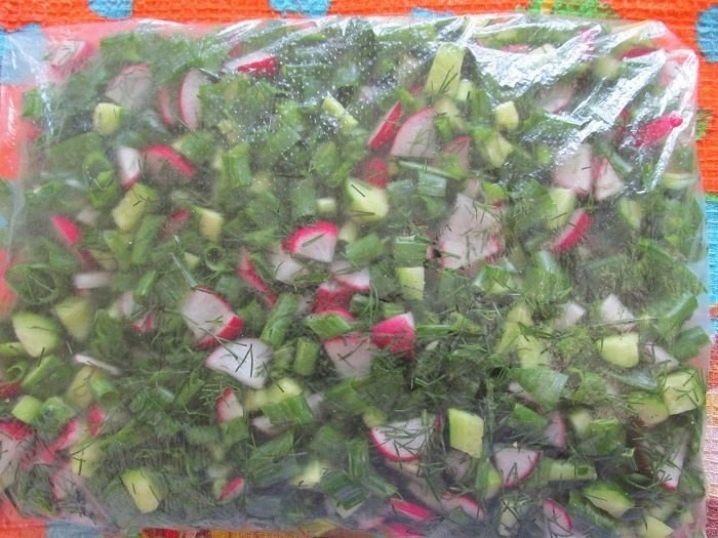
Useful Tips
To preserve the radish without harming its taste and other characteristics, you must adhere to all the above rules. In the process of creating a favorable storage environment, helpful advice and guidance may be required. Here are the main ones.
- Root vegetables will be stored much longer if the tops are cut with a knife or scissors, and not torn off by hand... In this case, the skin remains intact, protecting the root crop from rot and other unfavorable factors.
- Overripe vegetables are not recommended to be stored., since they may not initially correspond to the desired taste characteristics.
- If any type of radish is stored for a very long time (more than 3 months), then its texture will become fibrous, and it will taste bitter.
- It is not recommended to grate radishes before freezing. The best option is root vegetables, cut into two or four parts.
- Vegetables packaged in small portions should be sent for freezing.... If you initially put them in one large bag, then in winter you will have to suffer in order to tear off the right amount of product for the salad.
If you follow all the recommendations, then the frozen radish can be used all winter. Of course, it will lose some of its useful properties during this time, but this is not critical.
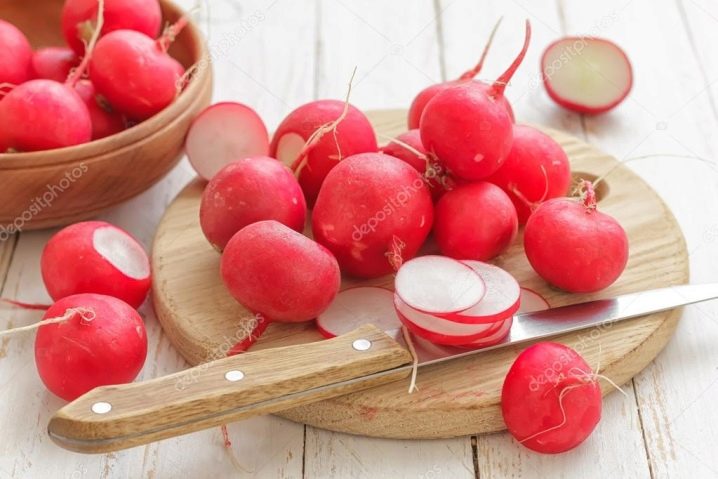









The comment was sent successfully.